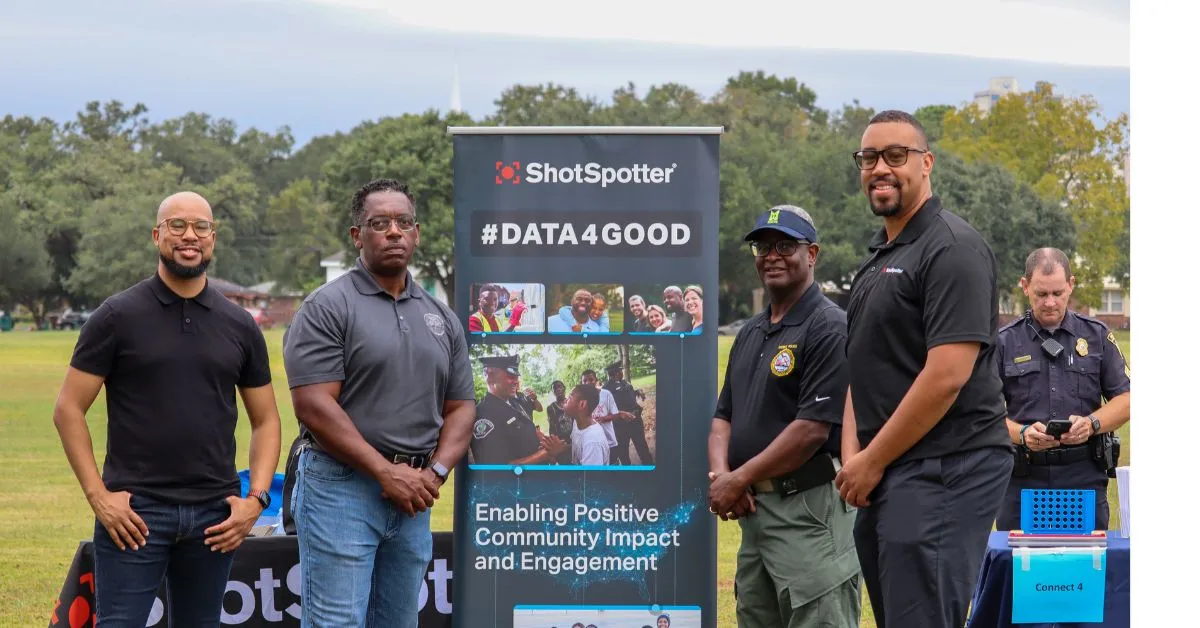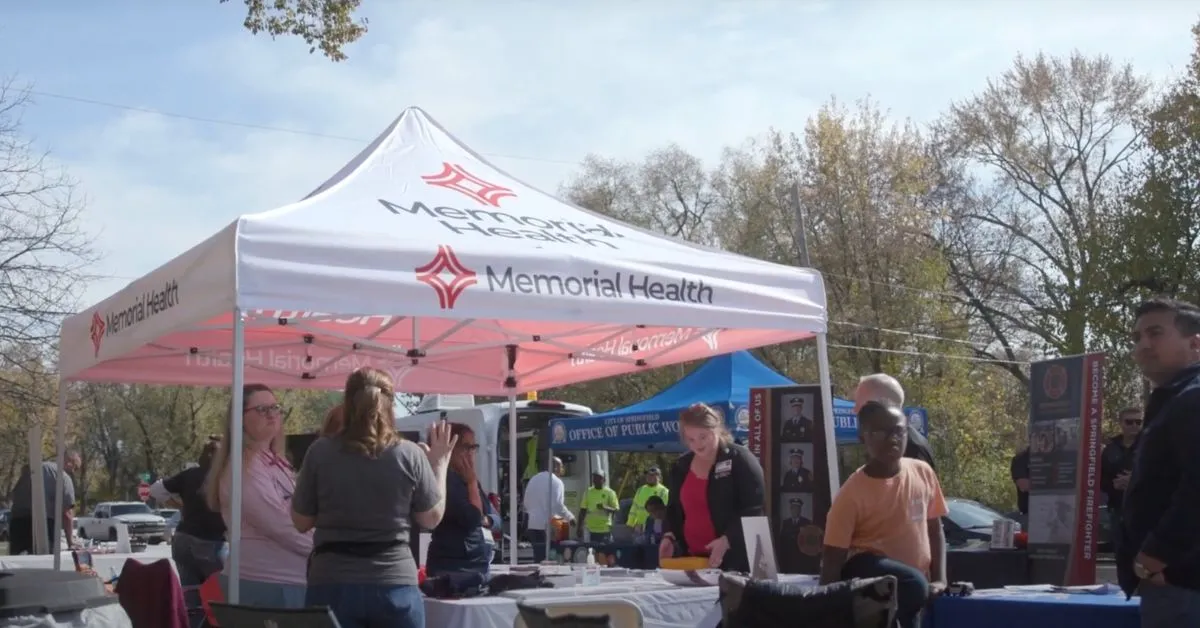Accurate and transparent reporting of the use and efficacy of public safety technology by law enforcement agencies should be a regular part of community engagement and public information efforts. This process helps to improve community relations and allay concerns of over-surveillance, confidentiality, and the potential for over-policing.
Let us be honest, several recent studies show disturbing differences between how Black and White neighborhoods are served and policed by municipalities and law enforcement agencies. This may not be the case in your city. Still, as we all know, that hasn’t stopped community-based individuals, organizations, and outsiders from calling attention to travesties and associating them with your department. This has been made easier by the proliferation of social media platforms that can reach thousands, if not tens of thousands, of followers in minutes.
How can agencies effectively navigate these challenging headwinds? Allow me to share a five-phase plan to assist your agency in creating an effective community engagement and communication plan centered around your ShotSpotter system, designed to improve overall transparency and relations with your community.
What Are Your Goals?
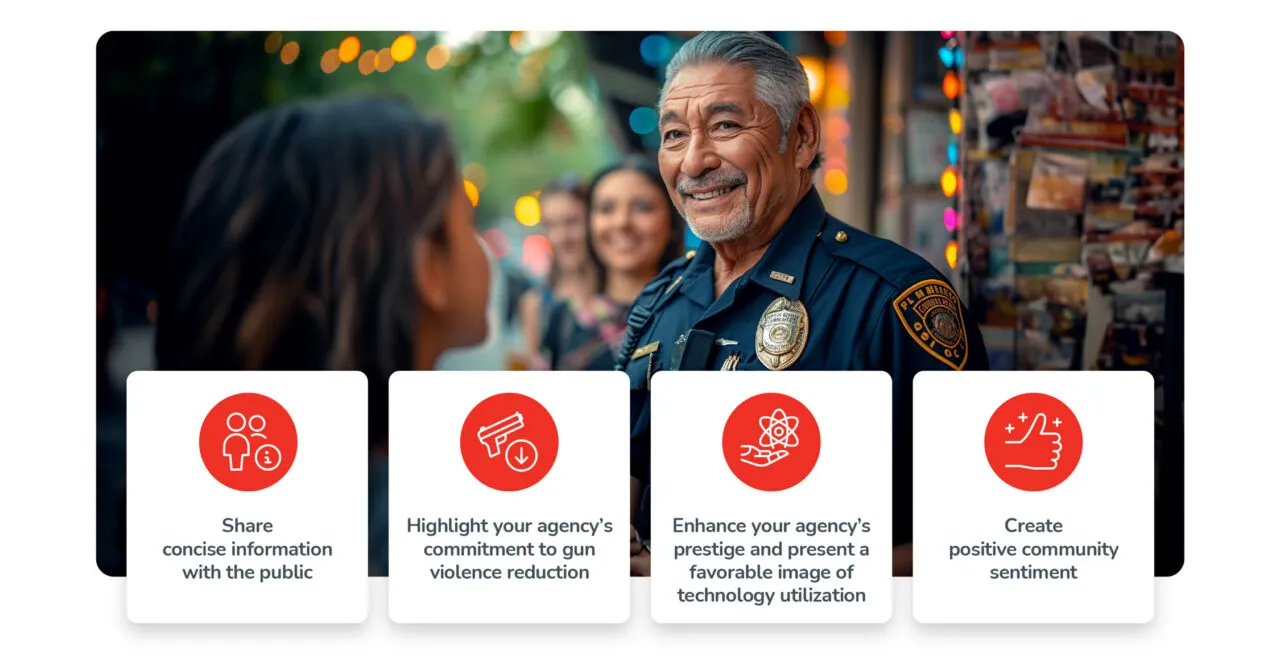
As with all public information efforts or community engagement, there should be identified goals to use as your guide. These goals will help your team to know your intentions in your efforts, though measuring success in these areas is not always easy.
Goals will vary based on your agency’s unique challenges, resources, and, most importantly, the community you serve. For this article, I will share examples of goals that can be assigned to community engagement and communication plans for your ShotSpotter gunshot detection deployment.
Goals:
- Share concise information with the public.
- Highlight your agency’s commitment to gun violence reduction.
- Enhance your agency’s prestige and present a favorable image of technology utilization.
- Create positive community sentiment.
What Are Your Objectives?
Objectives are usually easier to measure, allowing you to know “who did what,” the output, and outcomes related to your ShotSpotter deployment. We will focus on how this objective fits into your community engagement and communications plan.
Objectives: To enhance community engagement and communications surrounding the established gunshot detection system, leveraging increased gunfire awareness, improving trauma response to victims, fostering community involvement, and effectively disseminating information to build trust and transparency.
A Five-Phase Approach
Phase 1: Assessment and Analysis
- Review Crime and ShotSpotter Data: Analyze crime and gunshot reduction data over the last two years to highlight the impact of gunshot detection.
- Stakeholder Mapping: Identify key community stakeholders, including residents, neighborhood associations, schools, business owners, community leaders, and elected officials.
- Existing Engagement Efforts: Assess the current community engagement initiatives, such as town hall meetings, community policing events, and social media interactions.
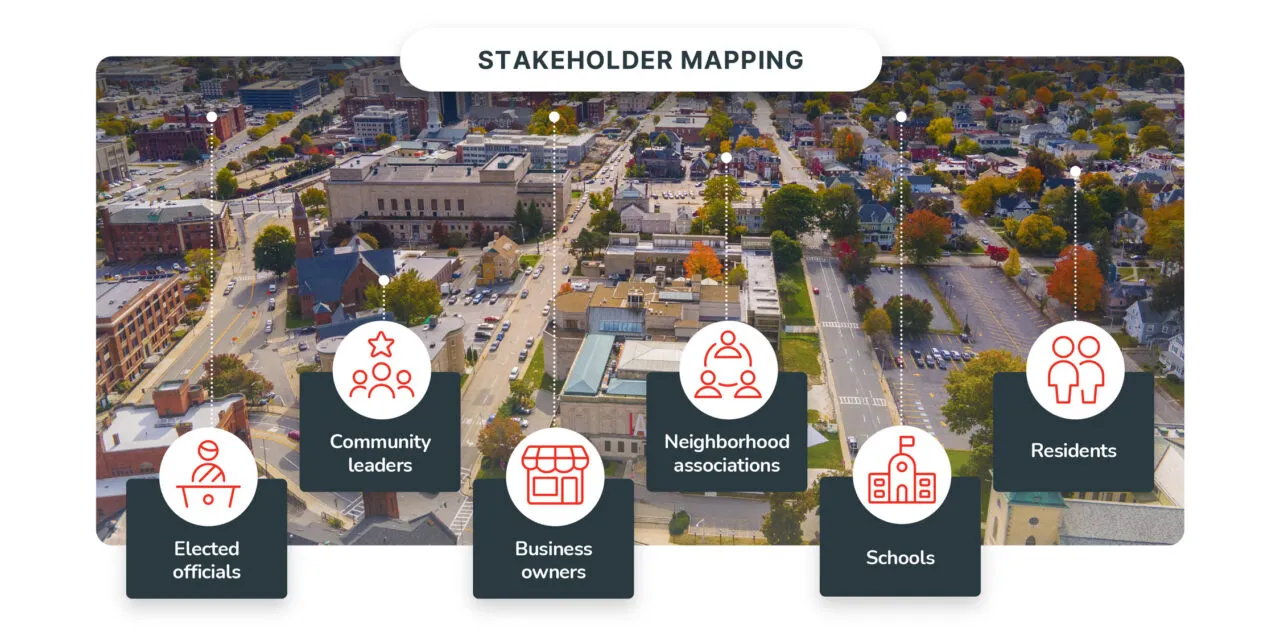
Phase 2: Community Involvement and Communication Strategy
- Community Workshops: Organize interactive workshops to educate community members about ShotSpotter’s effectiveness and its role in enhanced awareness of gunfire incidents. Be sure to highlight the absence of 9-1-1 calls due to the chronic underreporting of gunfire, how the system has allowed you to identify active shooting scenarios, gunshot victims, and improve medical outcomes, as well as the technology behind ShotSpotter (including the 24X7 Incident Review Center) which contributes to its remarkable accuracy.
- Advisory Committee: If you don’t already have a community advisory structure, form an advisory committee of diverse representatives to provide input on the system’s operation (policy), placement, and future enhancements or expansions. It is important that individuals who have historically been seen as outsiders or opposition are included in this group of advisors.
- Educational Campaigns: Launch a multimedia campaign (videos, infographics, brochures) explaining the system’s benefits, addressing common misconceptions, and emphasizing the role of community partnerships.
- Public Demonstrations: Conduct live demonstrations of the system to showcase its accuracy and effectiveness, allowing community members to witness its operation firsthand. [Members of your Real-Time Crime Center or Investigations personnel are often the best individuals to communicate with to get the most noteworthy incidents.]
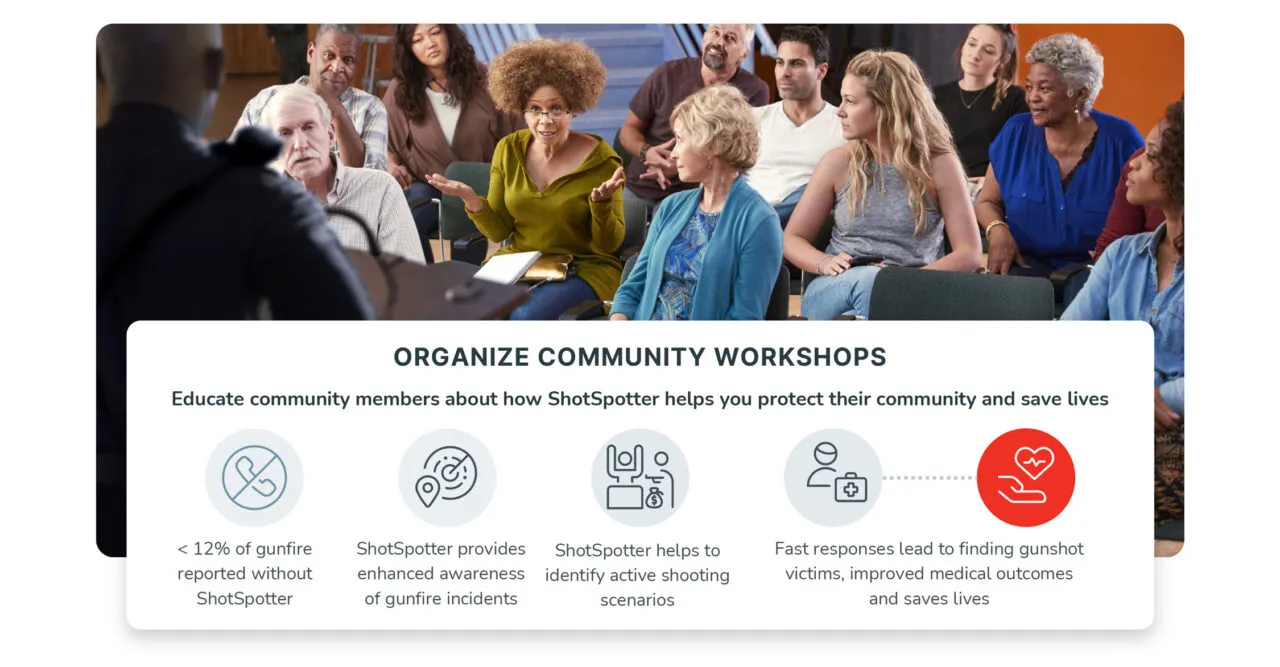
Phase 3: Communications Enhancements
- Transparency Initiatives: Establish a dedicated section of your agency’s website that provides detailed information about your ShotSpotter gunshot detection system’s deployment, data privacy measures, and incident response procedures.
- Internal Knowledge and Training: Communicate with your Customer Success Director and SoundThinking Public Relations team to ensure your staff is fully aware of the system’s capabilities and limitations. Also, ask for a PIO Best Practices session for your team to learn about features like ShotCast, or log into SoundThinking’s online webinar portal to view past public information officer webinars.
- Media Relationships: Foster positive relationships with local media outlets to ensure accurate reporting of system-related incidents and updates.
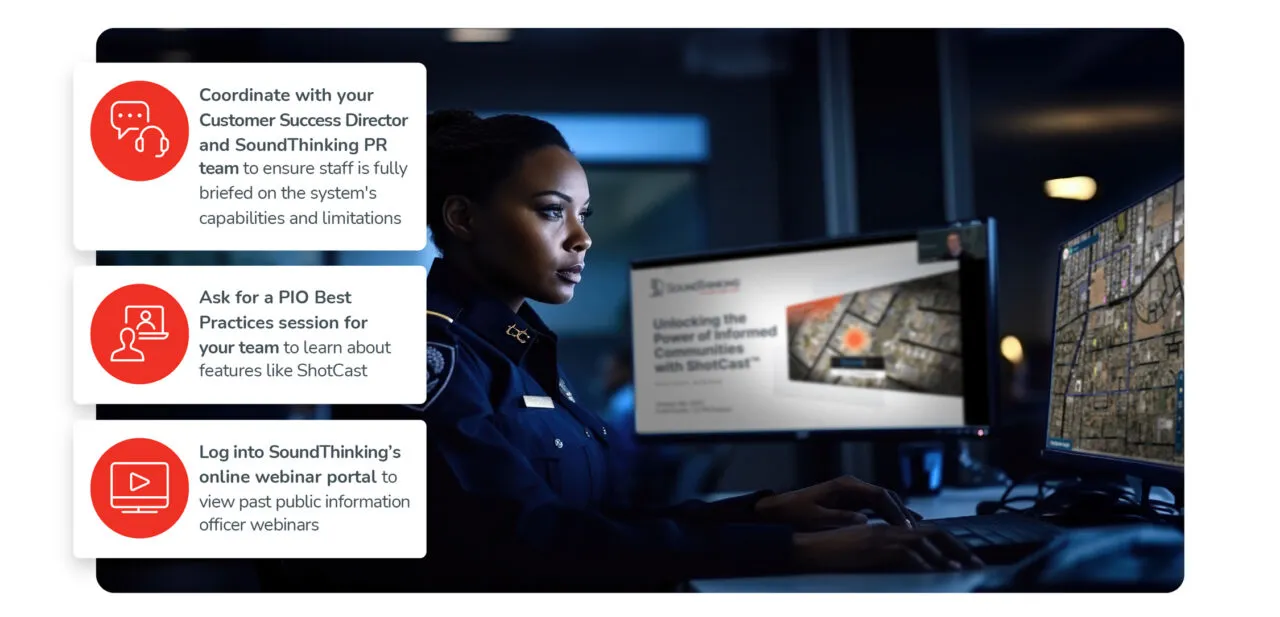
Phase 4: Metrics and Evaluation
- Quantitative Metrics:
- Crime Reduction: Continue tracking crime rates and gunshot incidents, emphasizing the correlation between the system’s deployment and crime reduction, if it exists.
- System Activations: Use your Insight portal to measure the number of times the system has been activated and the response times for your agency.
- Community Participation: Count the number of attendees of community workshops, advisory committee meetings, and town halls.
- Quantitative Metrics:
- Community Perceptions: Conduct surveys to assess how community members perceive the system’s impact on safety and whether they feel more engaged in local law enforcement efforts.
- Stakeholder Feedback: Gather feedback from the advisory committee and other stakeholders on the system’s effectiveness and suggestions for improvement.
- Media Sentiment: Monitor media coverage and social media sentiment to gauge public perception and sentiment toward the system and law enforcement efforts.

Phase 5: Continuous Improvement and Expansion.
- Feedback Incorporation: Use collected data and feedback to refine the engagement strategy, address concerns, and make necessary adjustments to the ShotSpotter system’s operation.
- Expanded Partnerships: Collaborate with community-based organizations, non-government organizations, schools, and businesses to promote awareness and engagement, fostering a philosophy of shared responsibility. Visit SoundThinking’s Data For Good Program page for additional information.
- Expansion and Complementary Technologies: Community involvement, goal achievement, and metrics evaluation create a virtuous cycle that supports the expansion of ShotSpotter and other public safety technologies.
- Annual Community Reports: Create annual reports highlighting systems usage, medical care and lifesaving events, community engagement efforts, and plans for future enhancements.
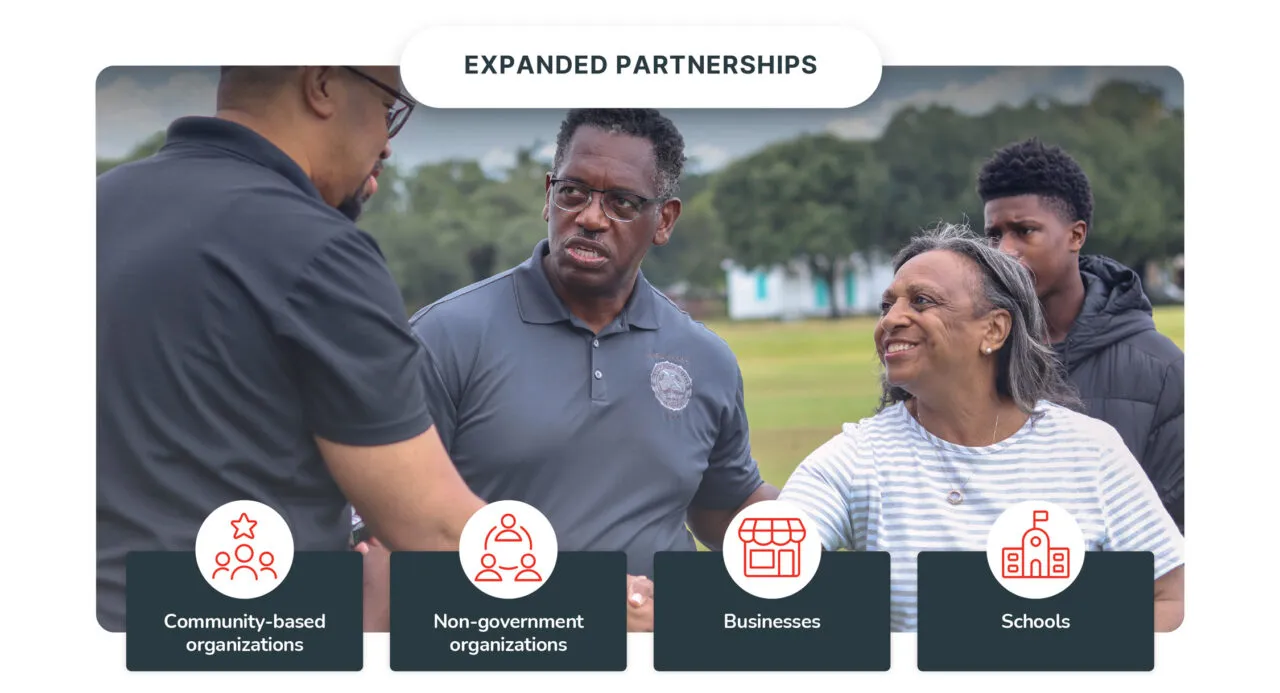
This comprehensive plan combines quantitative data and qualitative insights to enhance community engagement, build trust, and foster a collaborative approach between law enforcement agencies and the community regarding their ShotSpotter gunshot detection system. This strategy will contribute to better delivery of services and the active involvement of community members in shaping the future of public safety initiatives.


